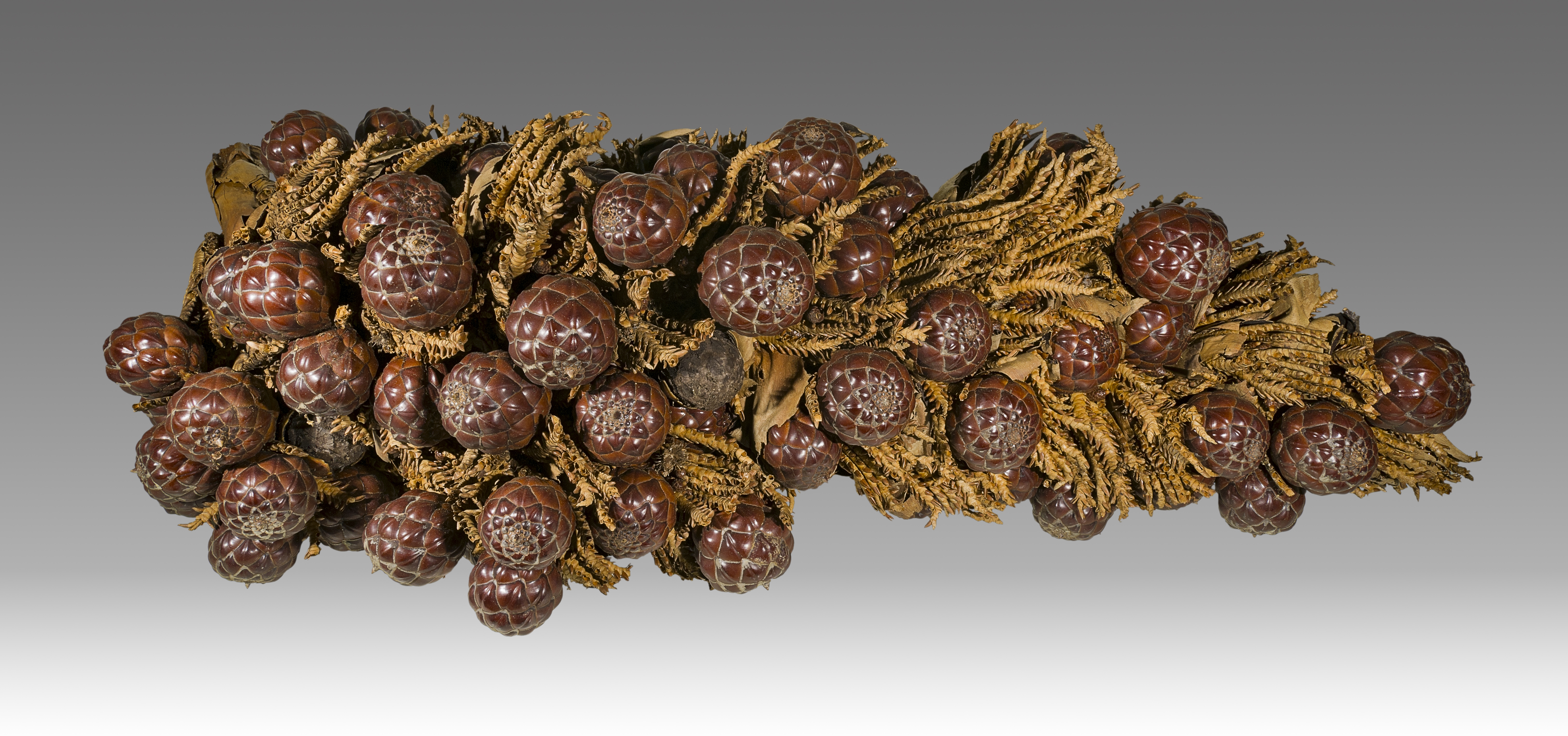|
Leptodactylodon Mertensi
''Leptodactylodon mertensi'' is a species of frog in the family Arthroleptidae. It is endemic to the mountains of western Cameroon and occurs on the southern slopes of the Bamileke Plateau, Mount Nlonako, and Mount Manengouba. The specific name ''mertensi'' honours Robert Mertens, a German zoologist and herpetologist. Common name Mertens' egg frog has been coined for it. ''Leptodactylodon mertensi'' occurs in montane and lower montane forest at elevations of above sea level. It lives in dense undergrowth and in dense herbage of raffia palm beds along streams. Males call near pools and riffles in small streams, or in waterlogged humus near springs. It is typically not found in rocky areas. Breeding takes place in small streams. It is threatened by habitat loss caused by agricultural encroachment, agrochemicals, expanding human settlements, wood extraction, and unsustainable harvest of bark from ''Prunus africana ''Prunus africana'', the African cherry, has a wide distributio ... [...More Info...] [...Related Items...] OR: [Wikipedia] [Google] [Baidu] |
Frog
A frog is any member of a diverse and largely semiaquatic group of short-bodied, tailless amphibian vertebrates composing the order (biology), order Anura (coming from the Ancient Greek , literally 'without tail'). Frog species with rough skin texture due to wart-like parotoid glands tend to be called toads, but the distinction between frogs and toads is informal and purely cosmetic, not from taxonomy (biology), taxonomy or evolutionary history. Frogs are widely distributed, ranging from the tropics to subarctic regions, but the greatest concentration of species diversity is in tropical rainforest and associated wetlands. They account for around 88% of extant amphibian species, and are one of the five most diverse vertebrate orders. The oldest fossil "proto-frog" ''Triadobatrachus'' is known from the Early Triassic of Madagascar (250Myr, million years ago), but molecular clock, molecular clock dating suggests their divergent evolution, divergence from other amphibians may exte ... [...More Info...] [...Related Items...] OR: [Wikipedia] [Google] [Baidu] |
Sexual Selection In Amphibians
Sexual selection in amphibians involves sexual selection processes in amphibians, including frogs, salamanders and newts. Prolonged breeders, the majority of frog species, have breeding seasons at regular intervals where male-male competition occurs with males arriving at the waters edge first in large number and producing a wide range of vocalizations, with variations in depth of calls the speed of calls and other complex behaviours to attract mates. The fitness (biology), fittest males will have the deepest croaks and the best territories, with females making their mate choices at least partly based on the males depth of croaking. This has led to sexual dimorphism, with females being larger than males in 90% of species, males in 10% and males fighting for groups of females. There is a direct competition between males to win the attention of the females in salamanders and newts, with elaborate courtship displays to keep the females attention long enough to get her interested in c ... [...More Info...] [...Related Items...] OR: [Wikipedia] [Google] [Baidu] |
Amphibians Described In 1959
Amphibians are ectothermic, anamniotic, four-limbed vertebrate animals that constitute the class Amphibia. In its broadest sense, it is a paraphyletic group encompassing all tetrapods, but excluding the amniotes (tetrapods with an amniotic membrane, such as modern reptiles, birds and mammals). All extant (living) amphibians belong to the monophyletic subclass Lissamphibia, with three living orders: Anura (frogs and toads), Urodela (salamanders), and Gymnophiona (caecilians). Evolved to be mostly semiaquatic, amphibians have adapted to inhabit a wide variety of habitats, with most species living in freshwater, wetland or terrestrial ecosystems (such as riparian woodland, fossorial and even arboreal habitats). Their life cycle typically starts out as aquatic larvae with gills known as tadpoles, but some species have developed behavioural adaptations to bypass this. Young amphibians generally undergo metamorphosis from an aquatic larval form with gills to an air-breathing ... [...More Info...] [...Related Items...] OR: [Wikipedia] [Google] [Baidu] |
Endemic Fauna Of Cameroon
Endemism is the state of a species being found only in a single defined geographic location, such as an island, state, nation, country or other defined zone; organisms that are indigenous to a place are not endemic to it if they are also found elsewhere. For example, the Cape sugarbird is found exclusively in southwestern South Africa and is therefore said to be ''endemic'' to that particular part of the world. An endemic species can also be referred to as an ''endemism'' or, in scientific literature, as an ''endemite''. Similarly, many species found in the Western ghats of India are examples of endemism. Endemism is an important concept in conservation biology for measuring biodiversity in a particular place and evaluating the risk of extinction for species. Endemism is also of interest in evolutionary biology, because it provides clues about how changes in the environment cause species to undergo range shifts (potentially expanding their range into a larger area or becomin ... [...More Info...] [...Related Items...] OR: [Wikipedia] [Google] [Baidu] |
Amphibians Of Cameroon
Amphibians are ectothermic, anamniotic, four-limbed vertebrate animals that constitute the class Amphibia. In its broadest sense, it is a paraphyletic group encompassing all tetrapods, but excluding the amniotes (tetrapods with an amniotic membrane, such as modern reptiles, birds and mammals). All extant (living) amphibians belong to the monophyletic subclass Lissamphibia, with three living orders: Anura (frogs and toads), Urodela (salamanders), and Gymnophiona (caecilians). Evolved to be mostly semiaquatic, amphibians have adapted to inhabit a wide variety of habitats, with most species living in freshwater, wetland or terrestrial ecosystems (such as riparian woodland, fossorial and even arboreal habitats). Their life cycle typically starts out as aquatic larvae with gills known as tadpoles, but some species have developed behavioural adaptations to bypass this. Young amphibians generally undergo metamorphosis from an aquatic larval form with gills to an air-breathing ... [...More Info...] [...Related Items...] OR: [Wikipedia] [Google] [Baidu] |
Frogs Of Africa
The fauna of Africa are all the animals living in Africa and its surrounding seas and islands. The more characteristic African fauna are found in the Afro-tropical realm. Lying almost entirely within the tropics, and stretching equally north and south of the equator creates favorable conditions for variety and abundance of wildlife. Africa is home to many of the world's most recognizable fauna such as lions‚ rhinoceroses‚ cheetahs‚ giraffes‚ antelope, hippopotamuses, leopards, zebras‚ and elephants, among many others. Origins and history of African fauna Whereas the earliest traces of life in fossil record of Africa date back to the earliest times, the formation of African fauna as we know it today, began with the splitting up of the Gondwana supercontinent in the mid-Mesozoic era. After that, four to six faunal assemblages, the so-called African Faunal Strata (AFSs) can be distinguished. The isolation of Africa was broken intermittently by discontinuous "filter routes" ... [...More Info...] [...Related Items...] OR: [Wikipedia] [Google] [Baidu] |
Leptodactylodon
''Leptodactylodon'', also known as egg frogs, is a genus of frog in the family Arthroleptidae. It contains 15 species. Members of this genus can be found in eastern Nigeria and western and southwestern Cameroon, Equatorial Guinea, and Gabon. Species There are 15 species: References Leptodactylodon, Arthroleptidae Amphibians of Africa Amphibian genera Taxonomy articles created by Polbot Taxa named by Lars Gabriel Andersson {{Arthroleptidae-stub ... [...More Info...] [...Related Items...] OR: [Wikipedia] [Google] [Baidu] |
Prunus Africana
''Prunus africana'', the African cherry, has a wide distribution in Africa, occurring in montane regions of central and southern Africa and on the islands of Bioko, São-Tomé, Grande Comore, and Madagascar. It can be found at above sea level. It is a canopy tree 30–40 m in height, and is the tallest member of ''Prunus''. Large-diameter trees have impressive, spreading crowns. It requires a moist climate, annual rainfall, and is moderately frost-tolerant. Previewable Google Books. ''P. africana'' appears to be a light-demanding, secondary-forest species. The bark is black to brown, corrugated or fissured, and scaly, fissuring in a characteristic rectangular pattern. The leaf, leaves are alternate, simple, long, elliptical, bluntly or acutely pointed, glabrousness (botany), glabrous, and dark green above, pale green below, with mildly serrated margins. A central vein is depressed on top, prominent on the bottom. The Petiole (botany), petiole is pink or red. The flowers are an ... [...More Info...] [...Related Items...] OR: [Wikipedia] [Google] [Baidu] |
Agrochemical
An agrochemical or agrichemical, a contraction of ''agricultural chemical'', is a chemical product used in industrial agriculture. Agrichemical typically refers to biocides (pesticides including insecticides, herbicides, fungicides and nematicides) alongside synthetic fertilizers. It may also include hormones and other chemical growth agents. Though the application of mineral fertilizers and pesticidal chemicals has a long history, the majority of agricultural chemicals were developed from the 19th century, and their use were expanded significantly during the Green Revolution and the late 20th century. Agriculture that uses these chemicals is frequently called conventional agriculture. Agrochemicals are counted among speciality chemicals. Most agrochemicals are products of the petrochemical industry, where chemicals are derivatives of fossil fuels. The production and use of agrochemicals contribute substantially to climate change, both through direct emissions during production, a ... [...More Info...] [...Related Items...] OR: [Wikipedia] [Google] [Baidu] |
Habitat Loss
Habitat destruction (also termed habitat loss or habitat reduction) occurs when a natural habitat is no longer able to support its native species. The organisms once living there have either moved elsewhere, or are dead, leading to a decrease in biodiversity and Abundance (ecology), species numbers. Habitat destruction is in fact the leading cause of biodiversity loss and species extinction worldwide. Humans contribute to habitat destruction through the Exploitation of natural resources, use of natural resources, agriculture, industrial production and urbanization (urban sprawl). Other activities include mining, logging and trawling. Environmental factors can contribute to habitat destruction more indirectly. Geological processes, climate change, introduced species, introduction of invasive species, ecosystem nutrient depletion, water pollution, water and noise pollution are some examples. Loss of habitat can be preceded by an initial habitat fragmentation. Fragmentation and lo ... [...More Info...] [...Related Items...] OR: [Wikipedia] [Google] [Baidu] |
Raffia Palm
Raffia palms are members of the genus ''Raphia''. The Malagasy name is derived from ' "to squeeze juice". The genus contains about twenty species of palms native to tropical regions of Africa, and especially Madagascar, with one species ('' R. taedigera'') also occurring in Central and South America. ''R. taedigera'' is the source of raffia fibers, which are the veins of the leaves, and this species produces a fruit called "brazilia pods", "uxi nuts" or "uxi pods". They grow up to tall and are remarkable for their compound pinnate leaves, the longest in the plant kingdom; leaves of ''R. regalis'' up to long and wide are known. The plants are monocarpic, meaning that they flower once and then die after the seeds are mature. Some species have individual stems which die after fruiting, but have a root system which remains alive and sends up new stems which fruit. The Raphia palms are remarkable in being one of just two genera of flowering plants having the very rare phyllota ... [...More Info...] [...Related Items...] OR: [Wikipedia] [Google] [Baidu] |
Arthroleptidae
The Arthroleptidae are a family (biology), family of frogs found in sub-Saharan Africa. This group includes African treefrogs in the genus ''Leptopelis'' along with the terrestrial breeding squeakers ''Arthroleptis'', and several genera restricted to the Guinean forests of central and west Africa, such as the hairy frog ''(Trichobatrachus)''. Taxonomy This family is the phylogenetic sister group of reed frogs, the Hyperoliidae, which together form the lineage Laurentobatrachia, a name that commemorates work on African frogs by the Argentine herpetologist Raymond Laurent. This group is further nested within the Afrobatrachia, an ancient African endemic lineage that includes the Brevicipitidae and Hemisotidae. The Arthroleptidae are separated, based on phylogenetic analyses, into three deeply divergent and dissimilar subfamilies: Arthroleptinae, Astylosterninae, and Leptopelinae. Some consider these to be separate families, while others do not recognize any subfamilies, in particul ... [...More Info...] [...Related Items...] OR: [Wikipedia] [Google] [Baidu] |









